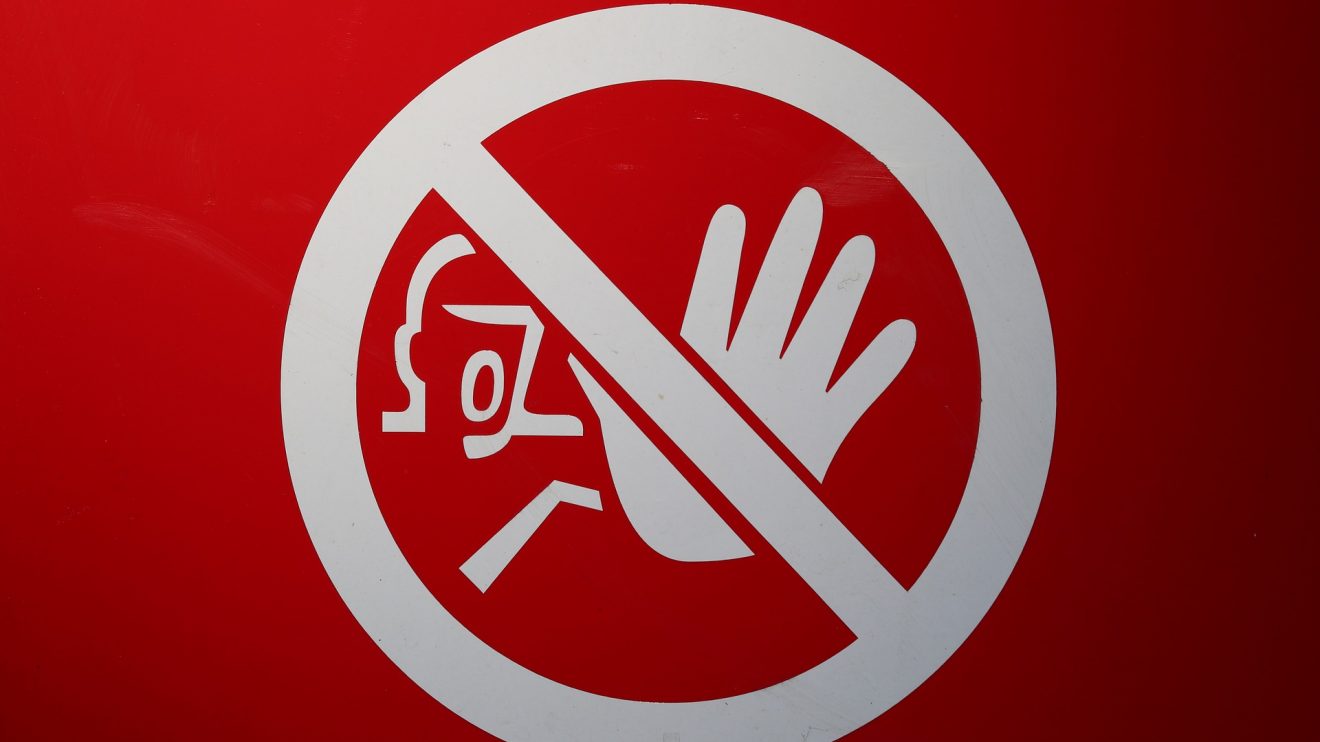In a recent compilation of mega-rounds of funding (The 17 Largest US Tech Startup Funding Rounds of Q1 2021 by AlleyWatch), one thing is painfully obvious. Women are not seeing much action in the big-money rounds. The article listed seventeen companies. Even after accounting for multiple founders for many of the companies, there was still only one female founder listed. That’s right, one.
By our count, there were 62 founders and only one woman, Flori Marquez, the co-founder and SVP of Operations from Jersey City-based BlockFi. BlockFi is a non-bank lender offering cryptoasset-backed loans. (Note: we were initially fooled by Erin Collard from Blend – darn those gender-neutral names.)
The mega-rounds from Q1 2021 ranged from $250M for a smart home gym system called Tonal to Gopuff’s crazy-sounding $1.2B (yes, with a B…billion) series G round. Gopuff is a mobile app-based digital delivery service. Most of the mega-rounds were later rounds – Series B and later. Stripe and Roblox were Series H rounds. The pandemic has propelled unusual growth in some companies and created a “skip a grade level or two” type of situation for many market segments. Say “Hello” to video conferencing and Zoom.
So, where are the ladies?
Crunchbase, one of the largest sources of funding data, says, in 2020 more than 800 female-founded startups received collectively almost $5 billion in venture funding. Pitchbook puts the number at 2641 female-founded startups with a total of $22.6B. Either way, it takes hundreds of women founders to raise what GoPuff did in one LARGE round. According to Pitchbook, all-male teams get deals that average almost three times as much venture funding for all-female teams – $18.7 million versus $6.8 million on average.
In 2020, solo female founders represented just over 2 percent of all venture funding. All Raise, a female founder advocacy group, has set a goal of 23 percent by 2030 for U.S. companies with a female founder.
Why do women get less funding than men?
Women workers only earn 80 cents for every dollar a man makes, so the funding divide isn’t that shocking. What is shocking is how wide the funding gap is.
According to a study on the interactions between VCs and founders that took place at TechCrunch Disrupt New York, venture capitalists ask women founders different kinds of questions. The difference in the lines of questioning allows male founders the opportunity to shine. So that could be one reason they get larger investments. Investors tend to ask women about prevention whereas men receive questions allowing them to promote growth strategies. In other words, the questions men get might include things like customer acquisition strategy, or timetables for growth whereas women will get asked about the competition or the potential for loss. (Tip: We all tend to answer questions in the same manner they get asked. Analyze questions investors ask during funding conversations and re-focus your responses as promotional answers, focusing on growth opportunities.)
Women often start different kinds of companies than men. According to a study, Gender Gap in Entrepreneurship from researchers from London Business School, Columbia and MIT, women are more likely to start companies that “don’t signal that they are high growth companies.”
Likewise, few women sit at the table across from the founders. As of October 2020, less than 5 percent of venture capitalists are women, and only one-in-three is a woman of color. More diverse and gender-equitable teams are more likely to see previously unidentified opportunities and products for underserved markets.
It’s not just venture capital either. Women receive less angel funding too. And this seems to be a pipeline issue. Fewer women apply for angel funds. Various theories exist as to why. Mindful of the odds stacked against them, women create companies that don’t need funding, or can get funding through more traditional paths. The old boy network, where personal referrals and warm introductions propel male founders into the waiting arms of investors, doesn’t welcome women.
Five answers, or how do we get our own super mega-rounds?
- When it comes to very large rounds of funding, many of these companies are led by serial entrepreneurs. Women are more likely to be discouraged from trying again. We need to learn from our failures and move on. A large percentage of startups fail, but second, third and fourth startups show learnings from earlier attempts and succeed at a higher rate. Looking to create a billion-dollar startup? Know that more than half the founders of billion-dollar companies were not first-time founders.
- Women need to move away from main street. Very few retail companies are seen as high-growth, investable companies. You need scalable, often digital products. Service businesses don’t have the margins either to attract the mega-rounds.
- Make friends with angels, VCs, lawyers and CPAs. You need to be part of the funding network.
- Support people who look like you. The more the group succeeds, the more you will succeed. Give other women a hand up. Underrepresented groups tend to support others who look like them.
- And, when you succeed, get into investing. When women control the money, more women have funding.
Read our story on Lolita Taub and the power of investing in underrepresented communities.






Add Comment